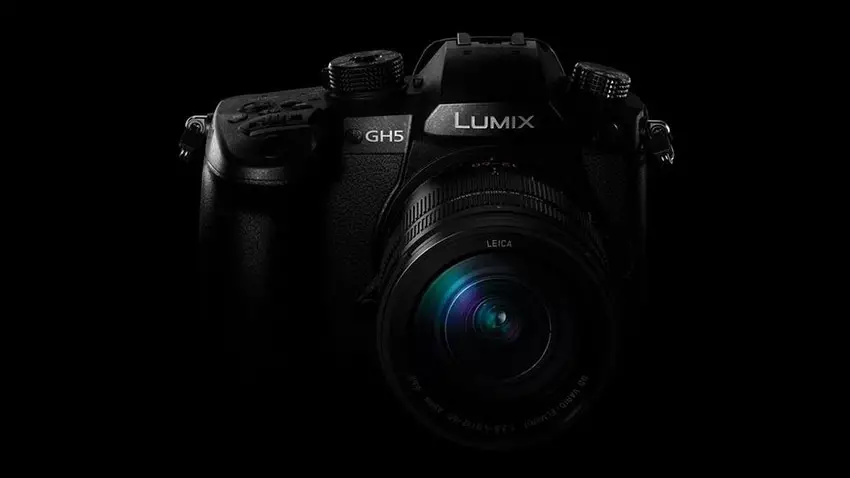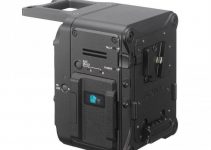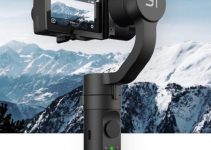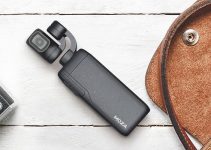Shooting anamorphic is not as simple as just popping the camera in a designated “Anamorphic Mode” and hitting record. There’s knowing the optics, there’s actually understanding the workflow, and there’s having a camera that offers some dedicated options to ensure proper metadata and monitoring specs. Different aspect ratios, different codecs, and best practices all play a part – especially with feature-rich cameras like those from Panasonic.
If you want to learn the ins and outs of shooting anamorphic, then the Anamorphic on a Budget channel is one of the best places to check out. In their series is a very thorough piece on the various anamorphic modes and how they work.
Panasonic sposored the video and even without the sponsorship they are the leaders of offering support for anamorphic in their cameras. They shot much of the video using a GH5 II and S1H.
You actually don’t need an anamorphic mode to start shooting anamorphic. True modes are nice but they shouldn’t limit you from getting started. With a standard 16:9 sensor readout you can still use any anamorphic lenses with it you just need to know what you are working with and how you might need to crop later on.
If you do have anamorphic modes what they do compared to standard recording is use a full readout of the sensor to maximize resolution. The lens will squeeze the image down to fit on the full sensor.
Having the modes in camera allow you to record in more anamorphic-friendly 4:3 ratios which desqueeze super nicely into full aspect ratios. Though sometimes it might not actually take advantage of the full sensor like in Blackmagic cameras.

Image Credit: Panasonic
Panasonic’s 4:3 cameras, like the GH5, work wonderfully as they essentially allow you to use all of the camera’s sensor to record anamorphic. The S1H and other full-frame options use a different 3:2 sensor that is similar in size to a traditional piece of film.
On the S1H the anamorphic modes do crop in, but they are able to more closely mimic traditional sensor sizes to capture the full image of the lens. This is great for post-production and is a great mode since there are other advantages regarding sensor readout speeds.
A benefit that was touched on is that true anamorphic modes can actually provide additional resolution since they can use quite literally more pixels in open gate recording modes. It also changes how you might frame your subjects since you are using more of the lens image circle and since you are capturing closer to the edges, you can capture more character of your lenses.
One thing to consider is that if you have an anamorphic mode that simply crops into an existing sensor area to provide a different aspect ratio you aren’t actually going to see much of a benefit. If your lens will actually fill the entire 16:9 image you will actually have more to work with in post if you record using your normal modes.
The ideal anamorphic modes are true modes that provide added height to make the most of your lenses and capture more resolution.
Extra height captured is much better than cropping in. That’s all the basics you need to know about shooting anamorphic on whatever camera you have today.
[source: Anamorphic on a Budget]
Order Links:
- Panasonic Lumix GH5 II Mirrorless Camera (B&H, Amazon)
- Panasonic Lumix S1H Mirrorless Camera (B&H, Amazon)
Disclaimer: As an Amazon Associate partner and participant in B&H and Adorama Affiliate programmes, we earn a small comission from each purchase made through the affiliate links listed above at no additional cost to you.




